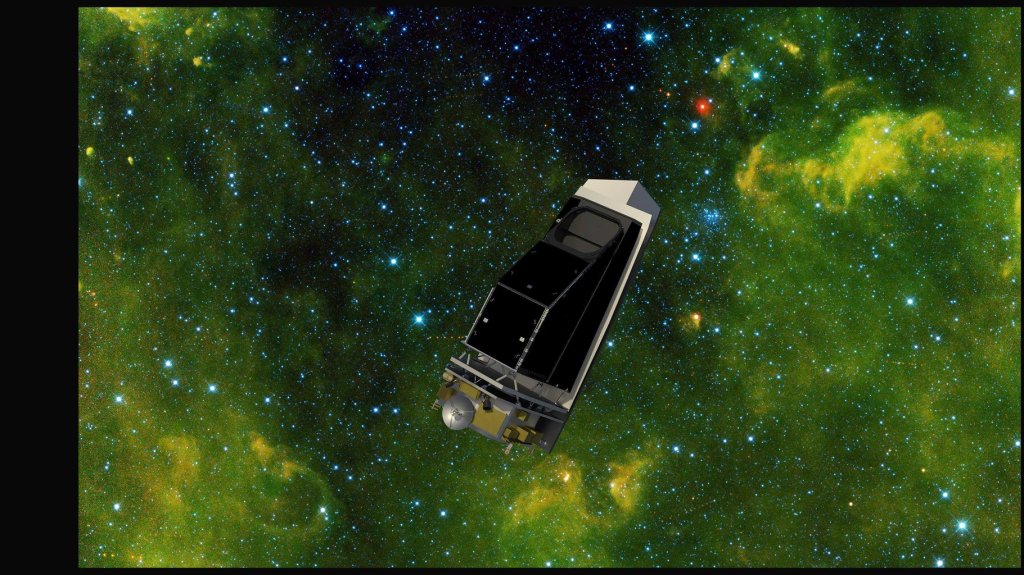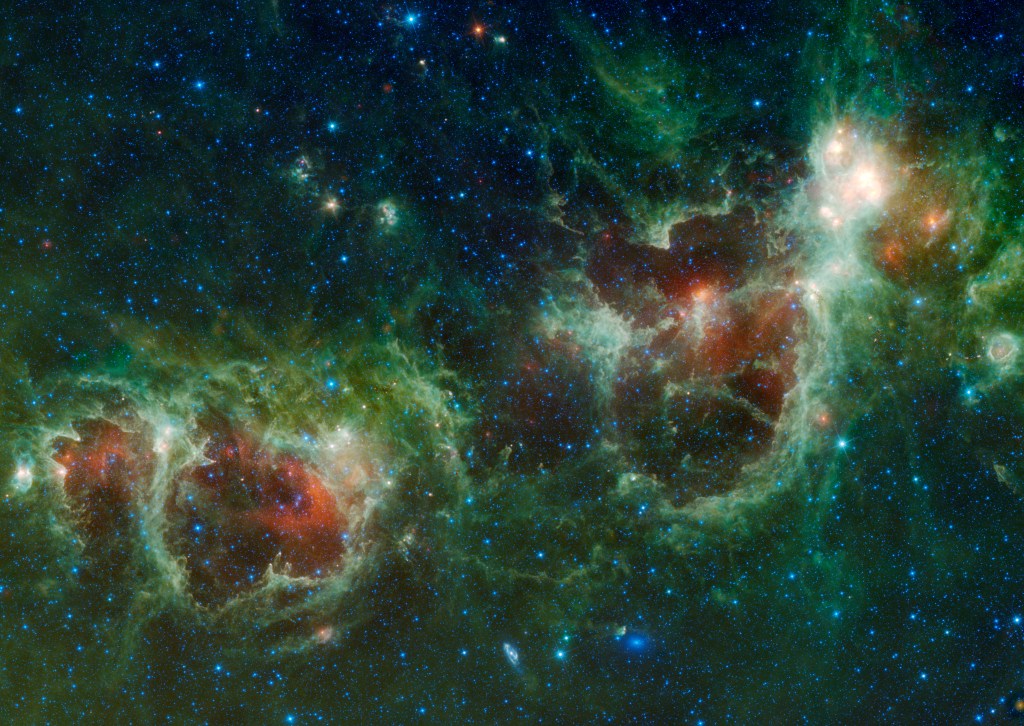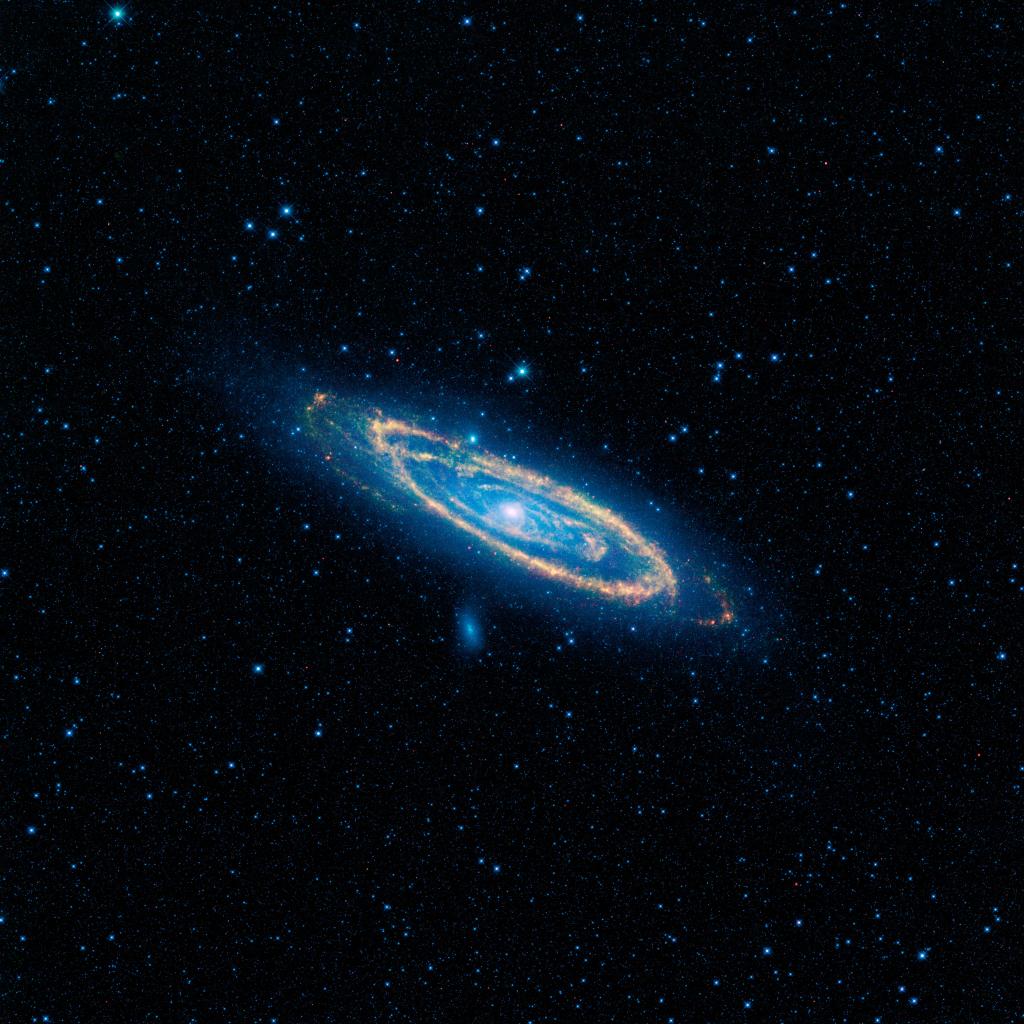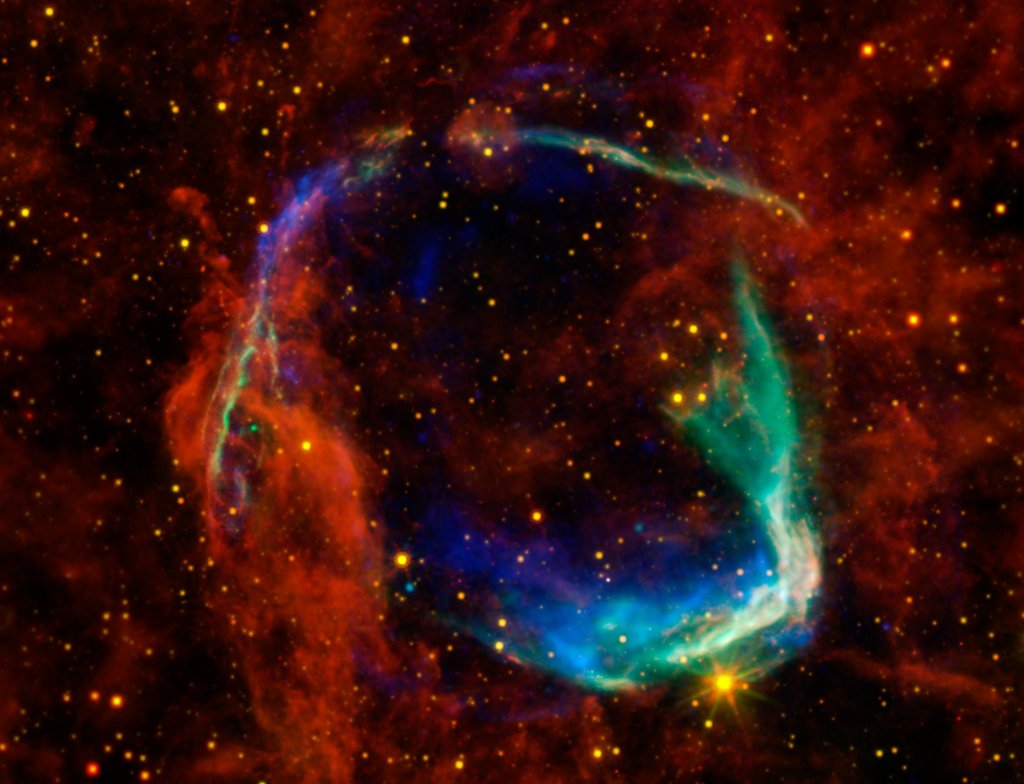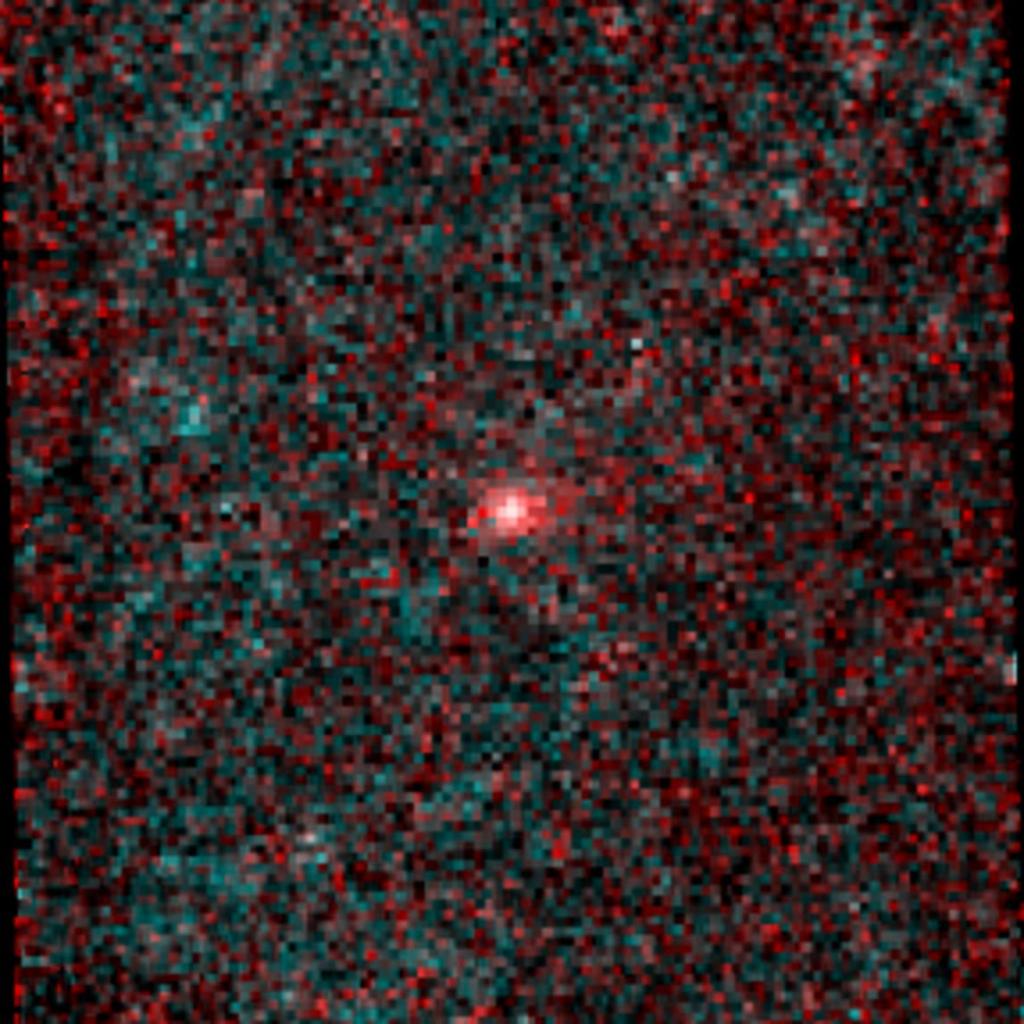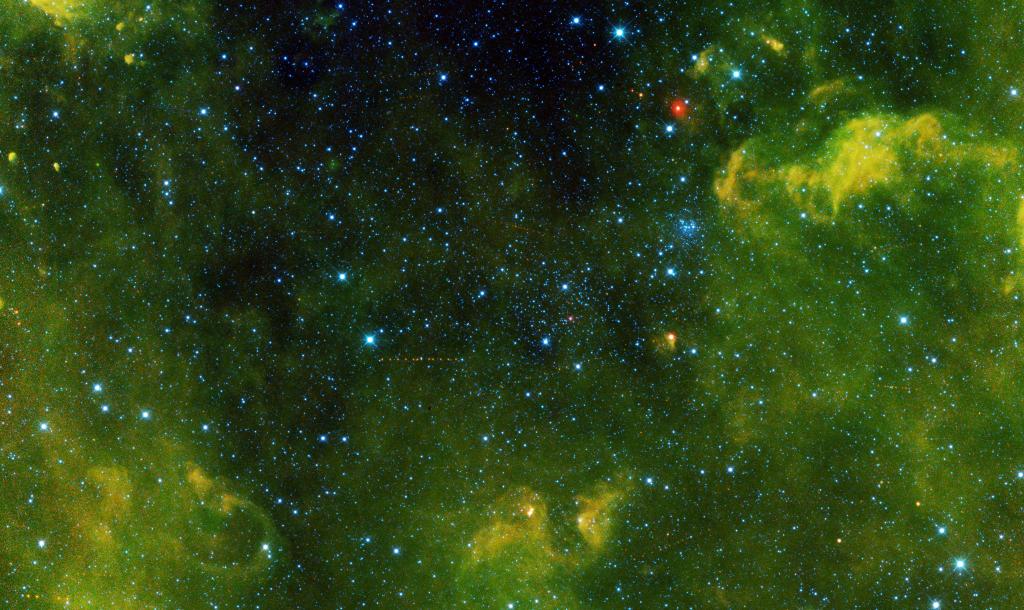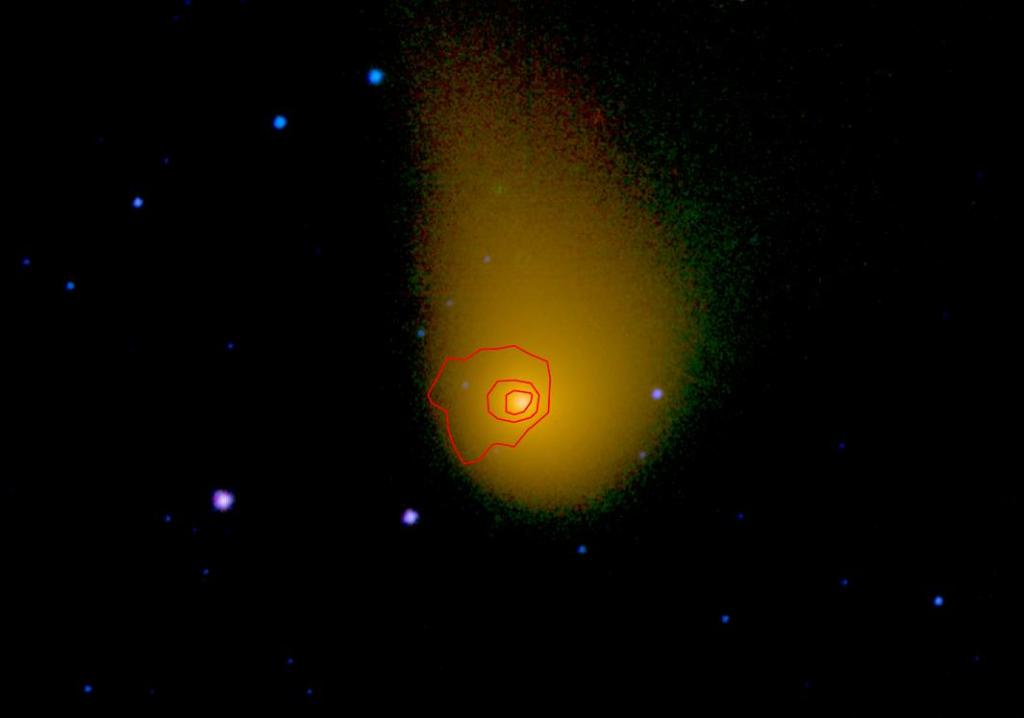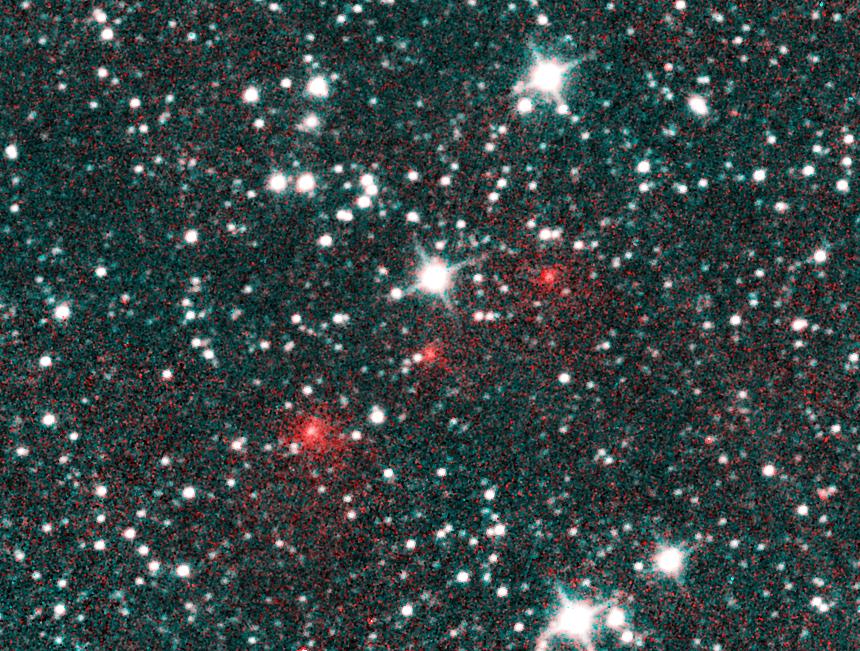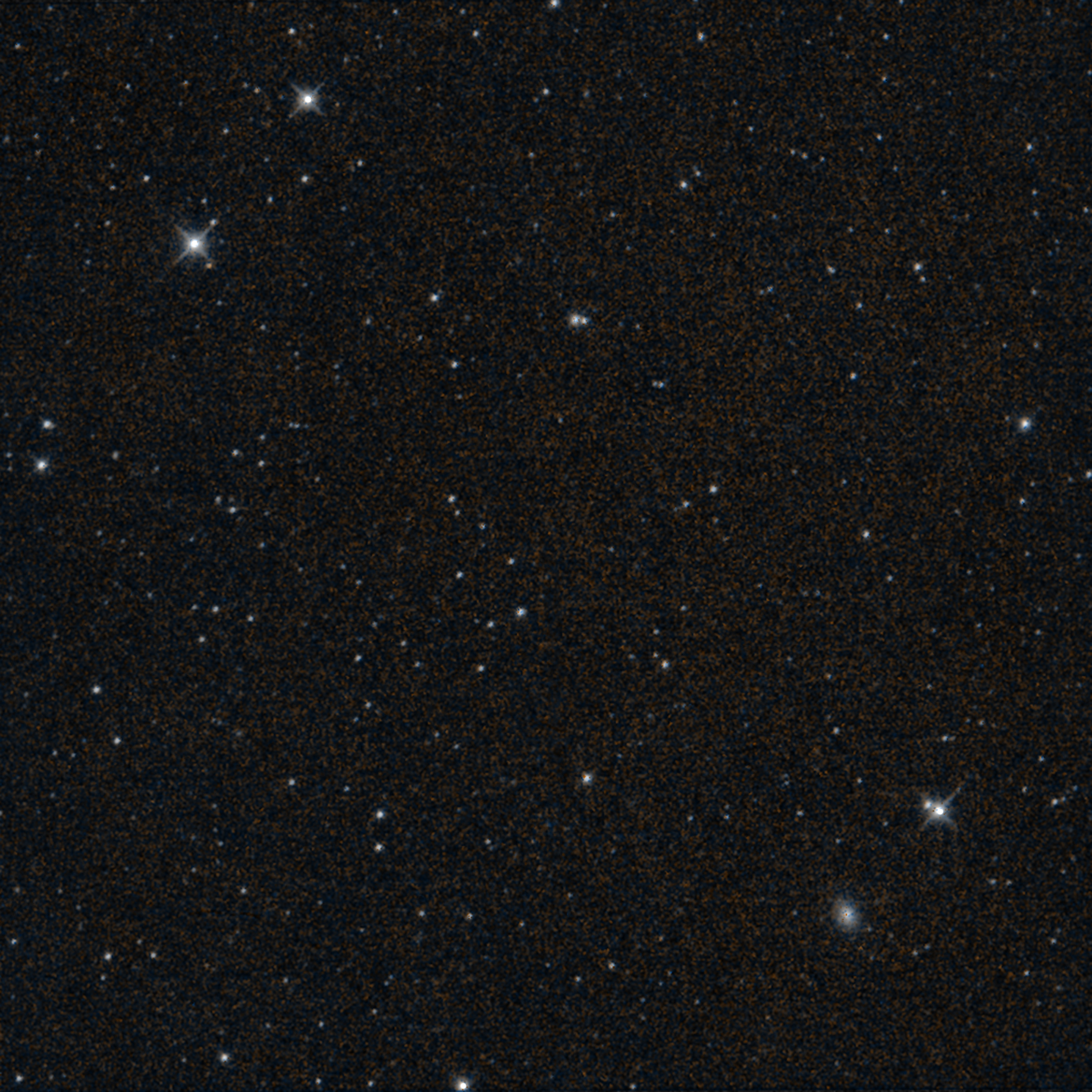WISE/NEOWISE
Near-Earth Object Wide-Field Infrared Survey Explorer
Type
Launch
Objective
end of mission
NASA’s NEOWISE Infrared Heritage Will Live On
NASA’s near-Earth-object-hunting mission NEOWISE is nearing its conclusion. But its work will carry on with NASA’s next-generation infrared mission: NEO…
Read the Story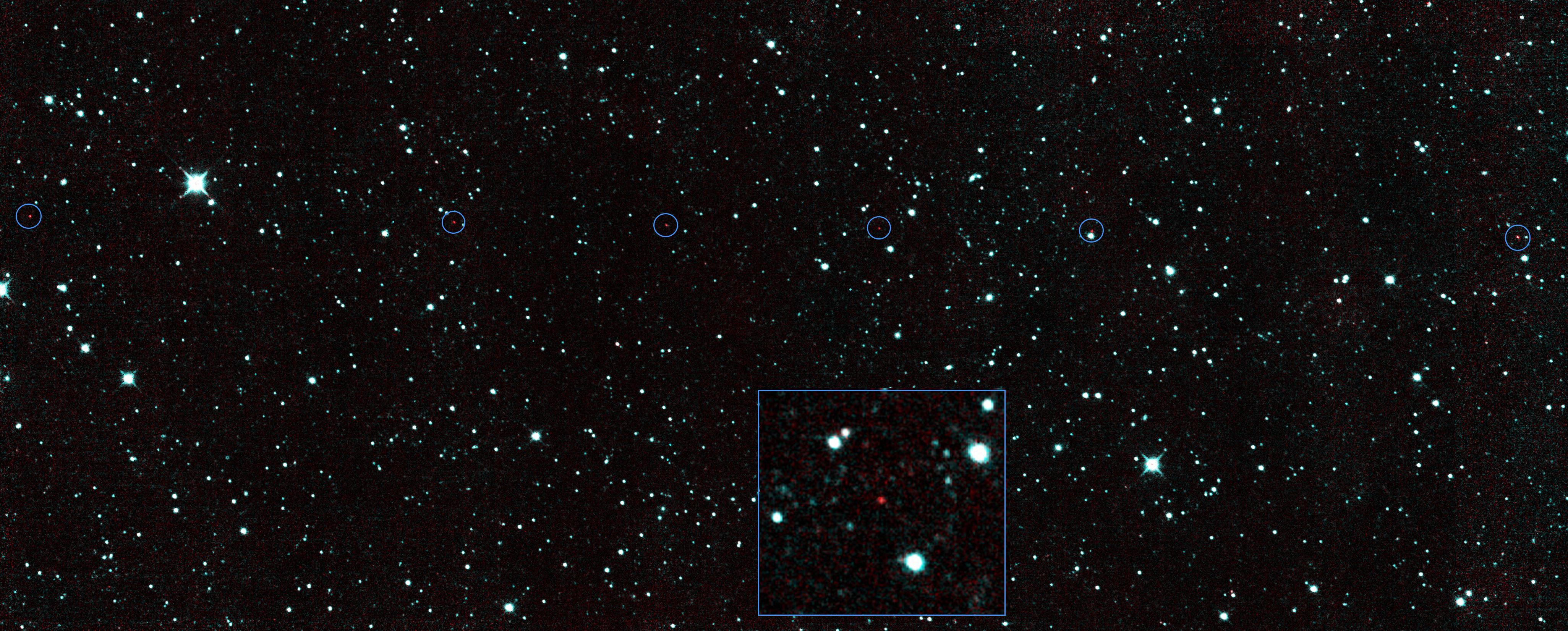
NASA's NEOWISE Celebrates 10 Years
End of Mission Scheduled for July 31, 2024, as Orbit Decays
The asteroid- and comet-hunting infrared space telescope has gathered an impressive haul of observations, but it’s now at the mercy of the Sun, which is accelerating its demise. The Sun is entering a cycle of increased activity, with solar flares and coronal mass ejections heating up and expanding our atmosphere. The increased drag on Earth-orbiting satellites slows them down, and NEOWISE will eventually be unable to stay aloft.

Extending Its Legacy as Earth's Watchdog
A Decade's Worth of Data from NEOWISE “Will Pay Dividends for Generations”
While this workhorse space telescope winds down its second career in planetary defense, it continues its long-duration survey of the universe, compiling a unique resource for future astronomers to make further discoveries.

Farewell, NEOWISE
Watch WISE/NEOWSE mission team members sing the praises of the space telescope and its enduring contributions to science, and send the final “power off” command to the spacecraft. After more than a decade of discovering and tracking near-Earth objects — asteroids and comets that come close to Earth’s orbit — and before that an entirely separate career, mapping the universe around us, cataloging black holes, galaxies, and other bodies, NEOWISE is expected to re-enter the atmosphere and safely burn up in late 2024.
Learn More About the End of WISE/NEOWISEWhat is WISE/NEOWISE?
NASA's WISE (Wide-field Infrared Survey Explorer) spacecraft was an infrared-wavelength astronomical space telescope active from December 2009 to February 2011. In 2013 the spacecraft was assigned a new mission as NEOWISE, to help find near-Earth asteroids and comets.
- NEOWISE hunts near-Earth objects from low-Earth orbit
- The spacecraft orbits Earth once every 95 minutes – 15 times per day
| Nation | United States of America (USA) |
| Objective(s) | Low-Earth Orbit |
| Spacecraft | WISE/NEOWISE |
| Spacecraft Mass | 1,457 pounds (661 kilograms) |
| Mission Design and Management | NASA / JPL |
| Launch Vehicle | Delta 2 |
| Launch Date and Time | Dec. 14, 2009 | 14:09 UT |
| Launch Site | Vandenberg Air Force Base, California (USA) |
| Scientific Instruments | Cryogenic Telescope with Four Megapixel Infrared Cameras |
Key Dates
Dec. 14, 2009: Launch
January 2010 to February 2011: Primary mission
Feb. 17, 2011: Spacecraft placed in hibernation
Late 2013: Spacecraft reactivated, and assigned new mission as NEOWISE
June 30, 2021: NEOWISE gets a two-year mission extension
Dec. 13, 2023: The NEOWISE team celebrates the 10th anniversary of its second life as a planetary defender, while also announcing its impending end of mission, saying it will burn up in Earth's atmosphere by 2025
July 31, 2024: NASA officially ends NEOWISE mission, after more than a decade as our planet's watchdog for potentially threatening comets and asteroids
Aug. 8, 2024 (22:20 UTC): NEOWISE spacecraft decommissioned, placed into hibernation for the second — and last — time, ending its career as an active asteroid hunter
Nov. 1, 2024: NEOWISE reentered and burned up in the atmosphere
Selected Images From WISE/NEOWISE
In Depth: WISE/NEOWISE
NASA's WISE (Wide-field Infrared Survey Explorer) spacecraft was successfully launched to near-Earth orbit on Dec. 14, 2009, to serve as an infrared-wavelength astronomical space telescope.
WISE surveyed the full sky in four infrared wavelength bands (3.4, 4.6, 12, and 22 μm) until the frozen hydrogen cooling the telescope was depleted in September 2010. During its run, it discovered the most luminous galaxy in the universe, shining with the light of more than 300 trillion suns, undermined theories about the existence of a hidden Planet X lurking in the farthest reaches of our solar system, uncovered millions of hidden black holes, and spied elusive brown dwarfs, peculiar and cold objects that are neither stars nor planets. WISE even discovered brown dwarfs' even more obscure cousins – Y dwarfs, the coldest class of star-like entities, with temperatures as cool as the human body. All these and more are among the three-quarters of a billion objects WISE cataloged during the two full-sky scans it completed, mapping the universe in every direction surrounding Earth. But without the hydrogen coolant, the telescope began to warm up – at one point reaching minus 334 degrees Fahrenheit (minus 203 degrees Celsius) – and its own infrared signature threatened to drown out the scant heat detectable from objects billions of light-years away.
The spacecraft was placed into hibernation in February 2011, having completed its primary astrophysics mission.
WISE/NEOWISE: Watching the Universe As It Changes Around Us
Scanning the sky anew every six months, the infrared space telescope has gathered more than 10 years of observations and nearly two dozen all-sky images. Combining these views enables a long-term analysis and a deeper understanding of the universe, giving astronomers the opportunity to see objects, such as stars and black holes, as they move and change over time. The videos here include previously hidden brown dwarfs, a feeding black hole, a dying star, a star-forming region, and a mysteriously brightening star.
Learn MoreIn late 2013, the spacecraft was assigned a new mission by NASA’s Planetary Science Division. Now called NEOWISE, the spacecraft began helping NASA identify and describe near-Earth objects (NEOs). NEOs are comets and asteroids that have been nudged into orbits that allow them to enter Earth's neighborhood. Potentially hazardous asteroids (PHAs) are asteroids that could one day threaten Earth. Near-Earth objects are classified as PHAs based on their size and how closely they can approach Earth's orbit.
NEOWISE went back to work in December 2013, and just six days later it had discovered its first potentially hazardous near-Earth asteroid: 2013 YP139.

On June 30, 2021 – International Asteroid Day – NASA announced it was extending the NEOWISE mission.
“At NASA, we’re always looking up, surveying the sky daily to find potential hazards and exploring asteroids to help unlock the secrets of the formation of our solar system,” said NASA Administrator Bill Nelson. “Using ground-based telescopes, over 26,000 near-Earth asteroids have already been discovered, but there are many more to be found. We’ll enhance our observations with space-based capabilities like NEOWISE and the future, much more capable NEO Surveyor, to find the remaining unknown asteroids more quickly, and identify potentially hazardous asteroids and comets before they are a threat to us here on Earth.”
NEOWISE has provided an estimate of the size of more than 1,850 NEOs, helping us better understand our nearest solar-system neighbors.
“NEOWISE provides a unique and critical capability in our global mission of planetary defense, by allowing us to rapidly measure the infrared emission and more accurately estimate the size of hazardous asteroids as they are discovered,” said Lindley Johnson, NASA's Planetary Defense Officer and head of the Planetary Defense Coordination Office (PDCO) at NASA Headquarters in Washington. “Extending NEOWISE’s mission highlights not only the important work that is being done to safeguard our planet, but also the valuable science that is being collected about the asteroids and comets further out in space.”
As of February 2024, NEOWISE had made more than 1.5 million infrared measurements of 43,926 different solar system objects, including 1,571 near-Earth objects and 282 comets, and had completed 45% of the scanning for its 21st full-sky map of the universe around us.
Among its many accomplishments after its reactivation, NEOWISE also discovered Comet NEOWISE, which was named after the mission and dazzled observers worldwide in 2020.
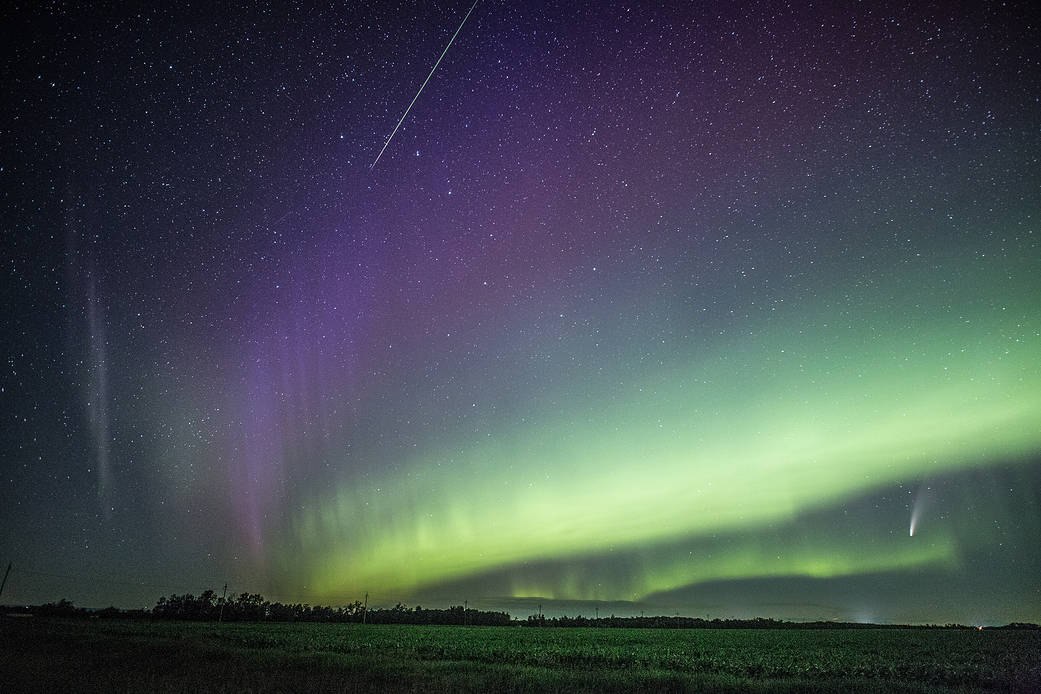
The NEOWISE telescope’s replacement, the next-generation NEO Surveyor, is currently scheduled to launch in 2028, and will greatly expand on what we have learned, and continue to learn, from NEOWISE.
“NEOWISE has taught us a lot about how to find, track, and characterize Earth-approaching asteroids and comets using a space-based infrared telescope,” said Amy Mainzer, the NEOWISE principal investigator. “The mission serves as an important precursor for carrying out a more comprehensive search for these objects using the new telescope we’re building, the NEO Surveyor.” Mainzer is also the lead of the NEO Surveyor mission.
The NEOWISE project is managed by NASA’s Jet Propulsion Laboratory in Southern California, a division of Caltech, and by the University of Arizona, supported by NASA’s Planetary Defense Coordination Office.
Key Resources
NEO Surveyor
Building on the success of NEOWISE, and scheduled to launch no later than June 2028, NASA's NEO Surveyor will be the first spacecraft created specifically to find large numbers of hazardous asteroids and comets. As it scans the solar system, NEO Surveyor's sensitive infrared detectors will let it track the most challenging-to-find near-Earth objects. For example, dark asteroids and comets don't reflect much visible light, but will glow in the infrared spectrum as they’re heated by sunlight. In addition, NEO Surveyor will be able to find asteroids that approach Earth from the direction of the Sun, as well as ones both leading and trailing our planet's orbit, where they are typically obscured by the glare of sunlight; all of these are threats that larger ground-based observatories could miss.
Learn More about NEO Surveyor